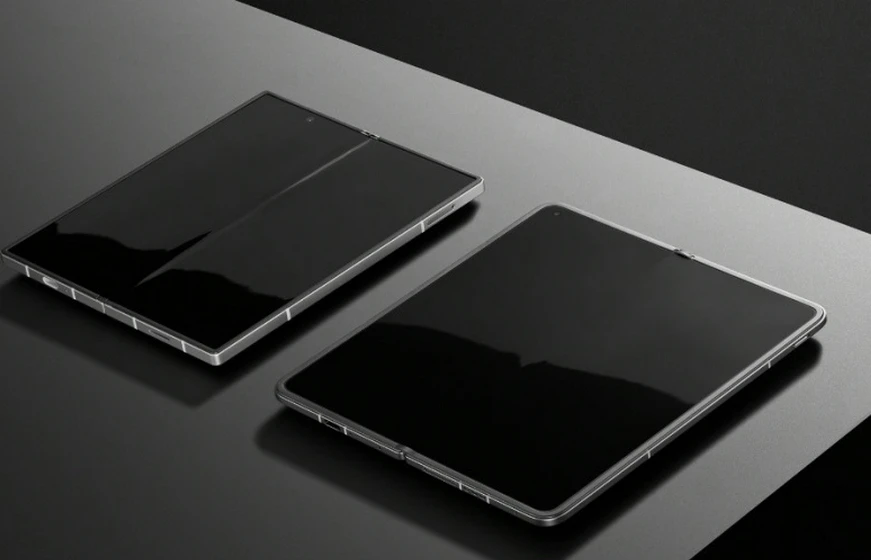The thinnest foldable in the world might mark the start of diminishing returns — or the peak of foldable innovation.
Oppo’s Find N5 feels like the final destination for foldable phones. Not because the category is dying or that manufacturers have given up, but because this phone comes so close to perfection that it’s hard to imagine where foldables go next. It’s the thinnest foldable ever made, with a design so refined it rivals traditional flagships in performance, battery life, and even camera quality. Oppo has finally delivered what foldable fans have been waiting for: a device with almost no compromises. But with hardware this polished, the question becomes — is there anywhere left to innovate? And if not, is this the moment foldables start to stagnate?
The Pinnacle of Foldable Hardware Design
Oppo’s Find N5 feels like the end game for foldable phones. Not because it’s make or break for a segment of the phone market that never quite took off like manufacturers hoped it would, but because I simply don’t know where we go from here. There’s scarcely room to make the phone thinner without ditching USB-C entirely; battery life, performance, and even cameras are now on par with other flagship phones; and this time, Oppo even managed to fit wireless charging and water resistance in, too. This is what we were promised all along. Now what?
Cutting-Edge Features and Camera Performance
It’s hard to see how the hardware improves much further. At 8.93mm thick when closed, this is the thinnest foldable in the world, shaving almost half a millimeter off the previous record holder, Honor’s Magic V3. It’s just 4.21mm thin when it’s open, which proves there’s still space to trim — Huawei’s trifold Mate XT runs to just 3.6mm — but we’re close to at least one hard physical limit.
Every comparison you can make to other devices sounds impressive. When closed, this is less than a millimeter thicker than an iPhone 16 Pro Max or Samsung Galaxy S25 Ultra and weighs only 2g more than the Apple phone. Open, it boasts a bigger screen than an iPad Mini but is thinner and weighs less. It’s lighter than any of the foldables you can buy in the US right now and is a full 3mm thinner than the Galaxy Z Fold 6. It’s hard to overstate how astonishing the Find N5 feels and how few compromises there are to its design and build. I keep picking it up and marveling at the engineering.
Software Innovations and Missed Opportunities
Oppo rightly received praise for its novel take on split screening when it launched the Find N3 a year and a half ago. Up to three apps can be opened on the main screen at once, either sharing the space equally or with one dropping off the edge, ready to be pulled back into focus with a tap. It remains the best approach to splitting up a large touchscreen, and Oppo avoided tinkering with it too much here. The only real change is that it’s quicker and easier to enable, accessible via a three-dot menu in the notification bar.
The biggest failure of the Find N5 might just be that it isn’t launching in the US. While we’d expected OnePlus to rebadge the phone as the Open 2, the company has confirmed it won’t release a foldable this year. The UK and Europe will get the Find N5, but the States will not, reducing the pressure on Samsung and Google to put out hardware to match — or to drop their prices, which is really the final frontier of foldables.
